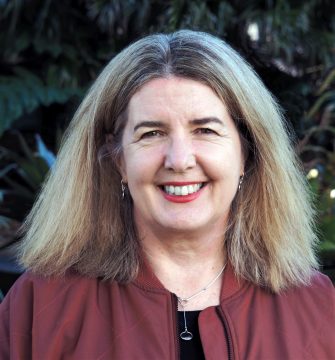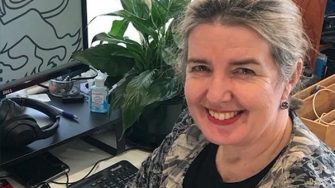BLOG: Stop the snark and politicking. And get on with delivering an effective public health response
Introduction by Croakey: The Australian Medical Association has called on the NSW Government to implement a lockdown that it is “more Victorian style”, saying it is “absolutely ridiculous” that upmarket stores remain open.


